
ISSUE 38 S/S 2025
PIN–UP XXL. The Big Design Issue. Design is often reduced to surface, function, or price tag. But how do we choose which objects deserve space? What resonates with you and the people you share that space with? What challenges our ideas of taste, of design’s role in the world? The PIN–UP XXL issue is not just supersized — almost double the size of a regular PIN–UP — it is also an expansion of how we approach design. Think big!
VIEW ISSUE →

Story
TALKING TEXTILES WITH MARK GRATTAN
by Felix Burrichter

Story
JONATHAN MUECKE’S NEW ALL-WOOD COLLECTION FOR KNOLL

Story
DATA DRAMA AT FONDAZIONE PRADA
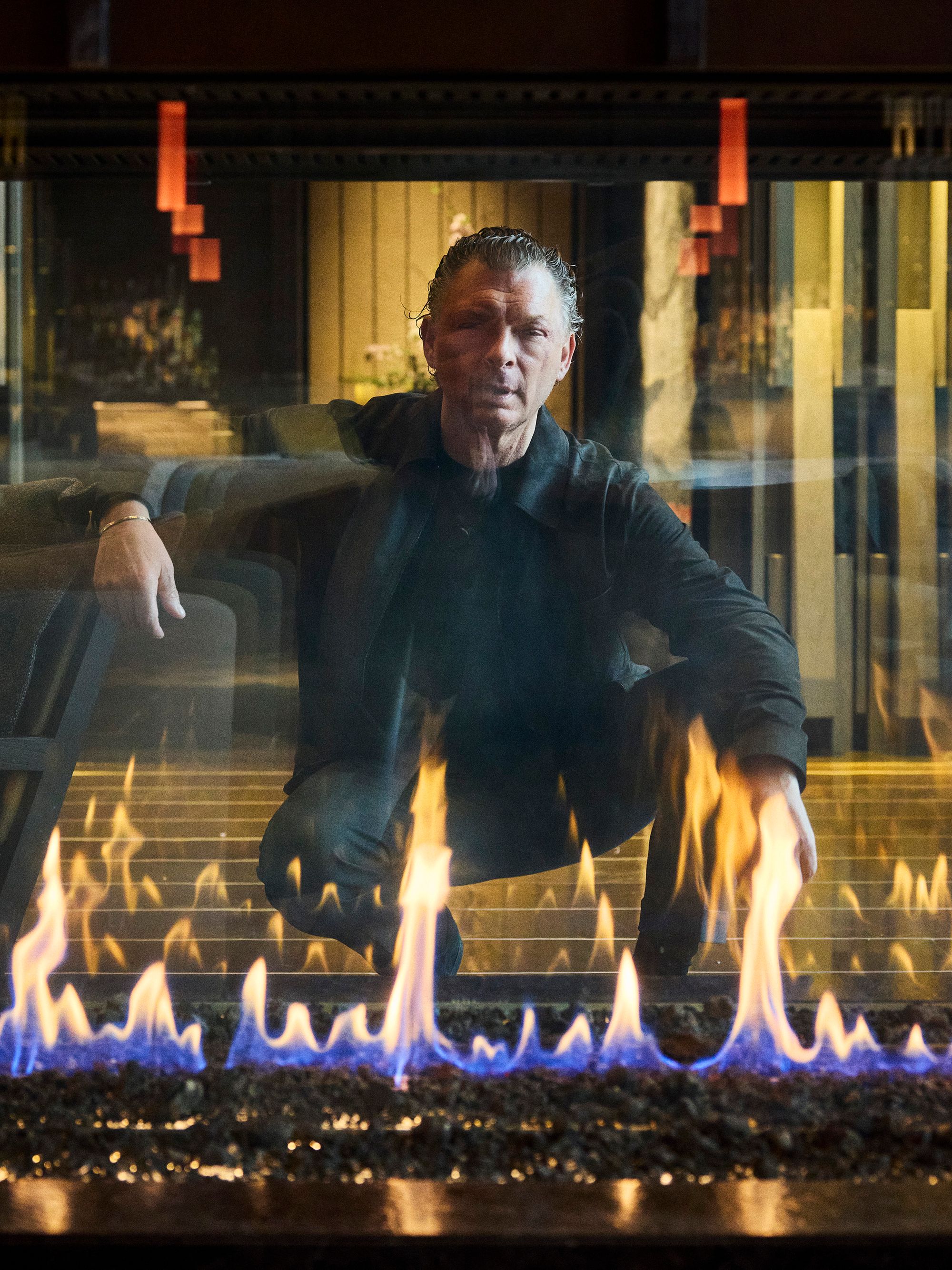
Interview
PIERO GANDINI'S RETURN TO FLOS B&B ITALIA GROUP

Interview
THE ARCHITECT WHO BUILT SNIFFIES
by Michael Bullock

Story
11 NYC CREATIVES CONNECTING THE DOTS BETWEEN ART AND DESIGN
by Rachel Hahn, John Belknap, Caroline Tompkins

Interview
AN INTERVIEW WITH FAYE TOOGOOD

Story
AN ARCHITECTURAL STAGING OF THE MIU MIU WOMAN

Interview
AN INTERVIEW WITH FISH DESIGN’S ANDREA CORSI

Story
DUYI HAN’S INTERIORS ARE FIT FOR A QING

Story
PIERRE PAULIN’S ICONIC F300 CHAIR IS BACK
by PIN–UP

Story
20 YEARS OF THINKING BIG WITH PLAYLAB

Story
FAYE TOOGOOD’S SOFA FOR TACCHINI OFFERS COSMIC COMFORT

Interview
DESIGNING 25 YEARS OF PAUL PFEIFFER
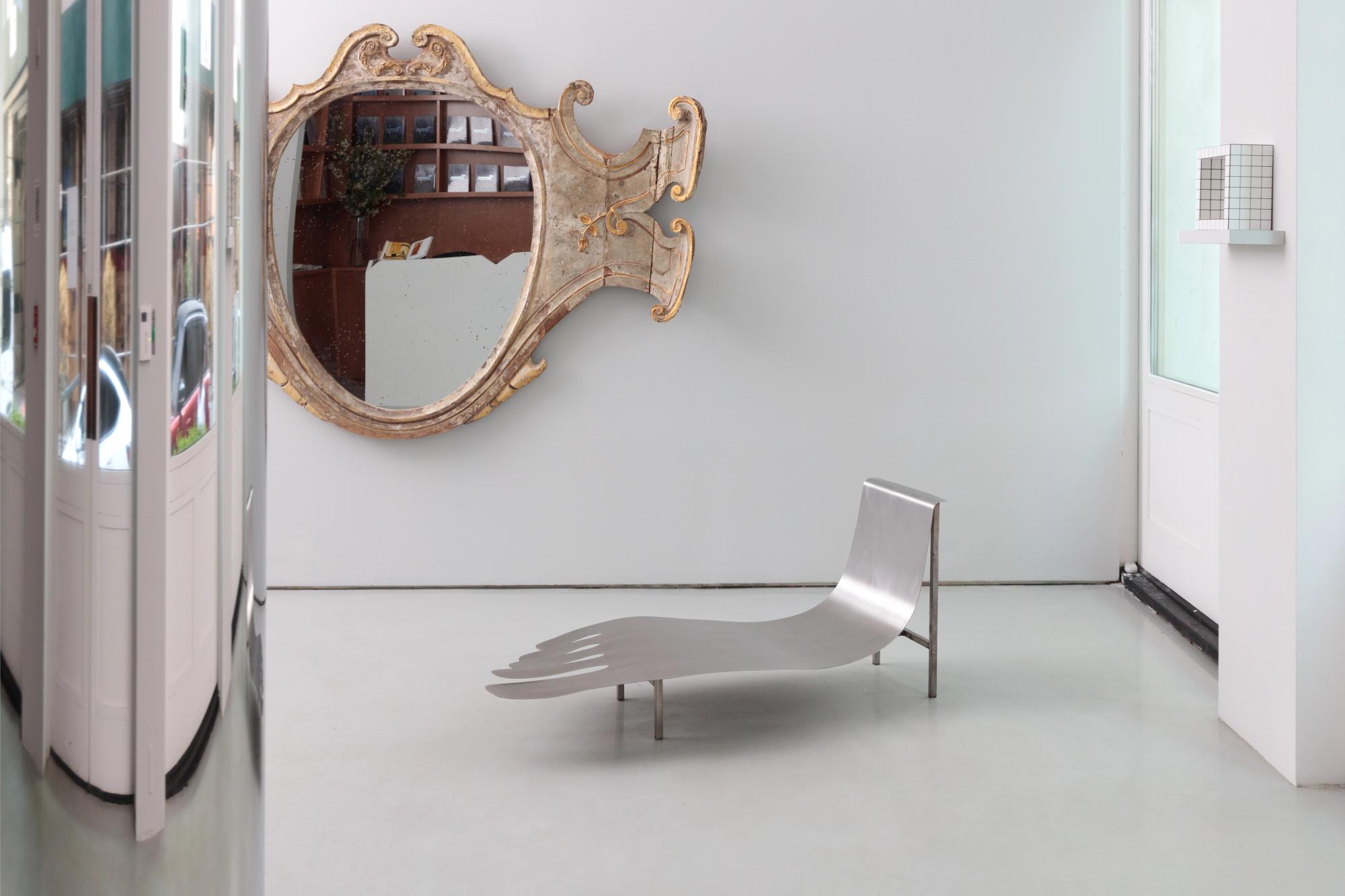
Story
CHARLAP HYMAN & HERRERO’S GLASS SUBJECTS

Story
INSIDE THE HOME OF LATE JUAN PABLO ECHEVERRI, A POP CULTURE MASTERWORK
by Michael Bullock

Interview
SMILJAN RADIĆ’S FRAGILE VISION OF ARCHITECTURE
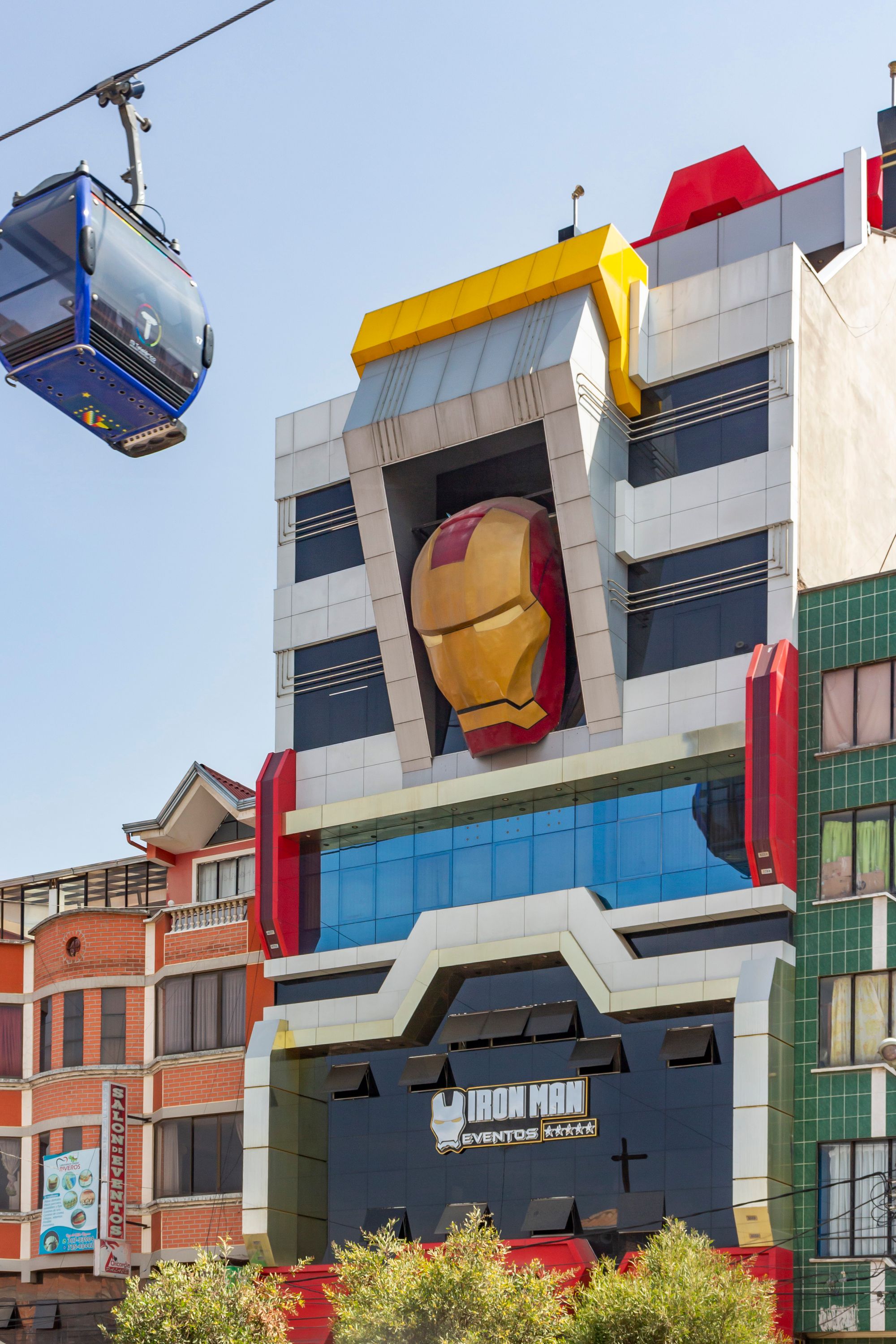
Story
Bolivia’s Cholet Culture Caught Between the World’s Leading Economic Forces

Interview
ANDY MEDINA FINDS NEW LANGUAGE IN SYMBOLS AND MONUMENTS
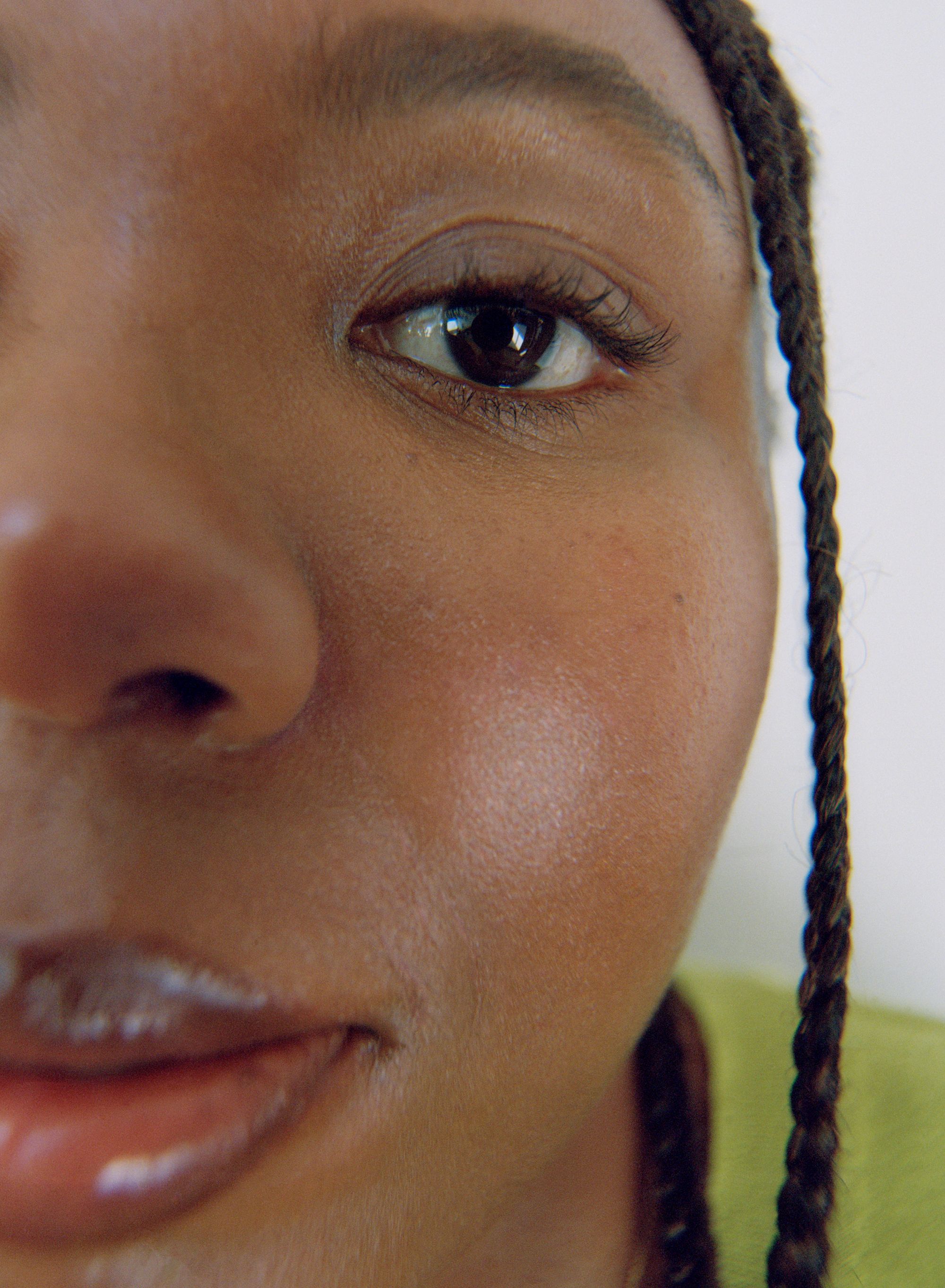
Interview
AN INTERVIEW WITH MARTINE SYMS

Story
THE XXL PORTFOLIOS
by PIN–UP
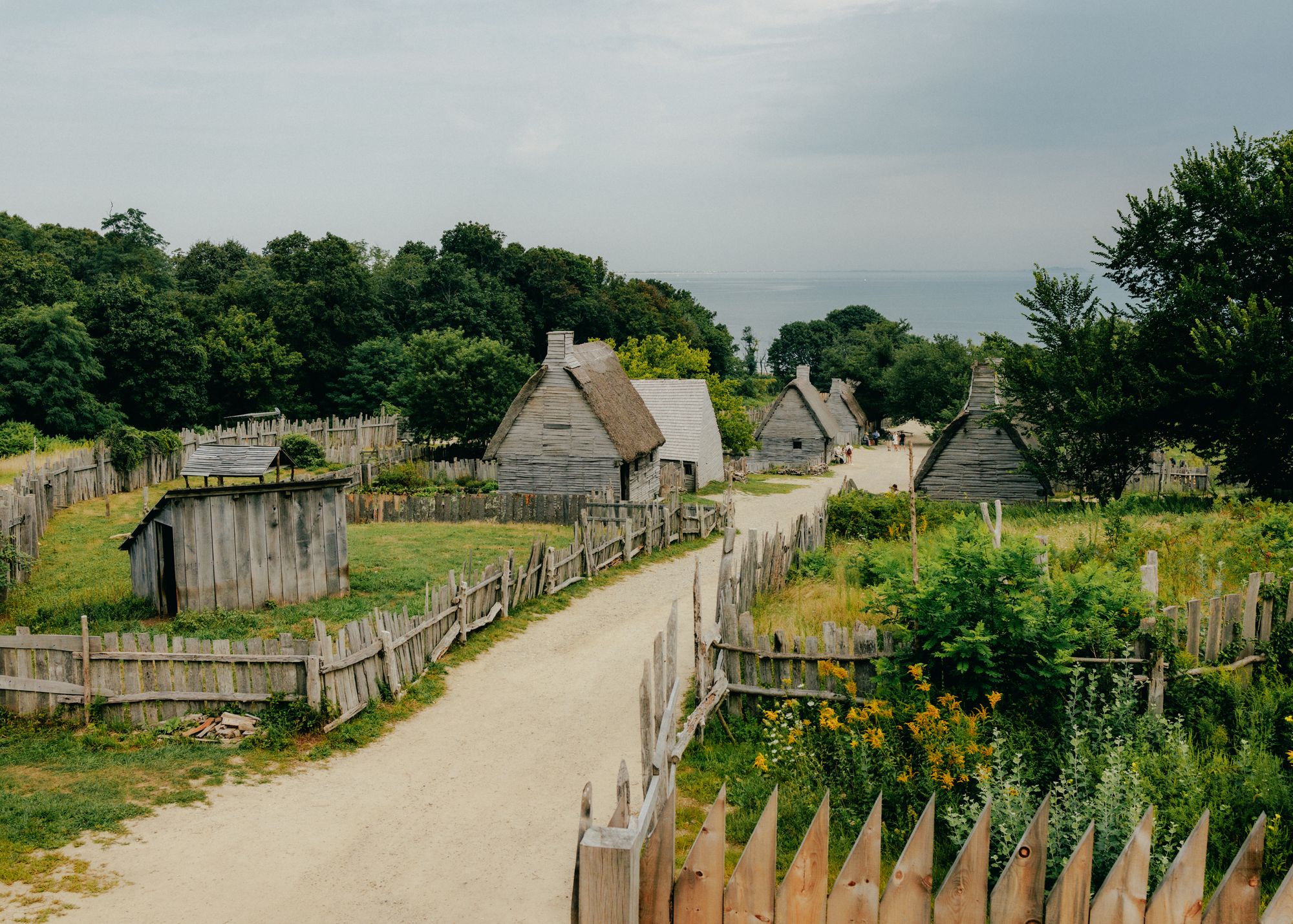
Story
LIVING MUSEUMS AND THE POSTMODERN PILGRIMS OF PATUXET
by Rachel Hahn
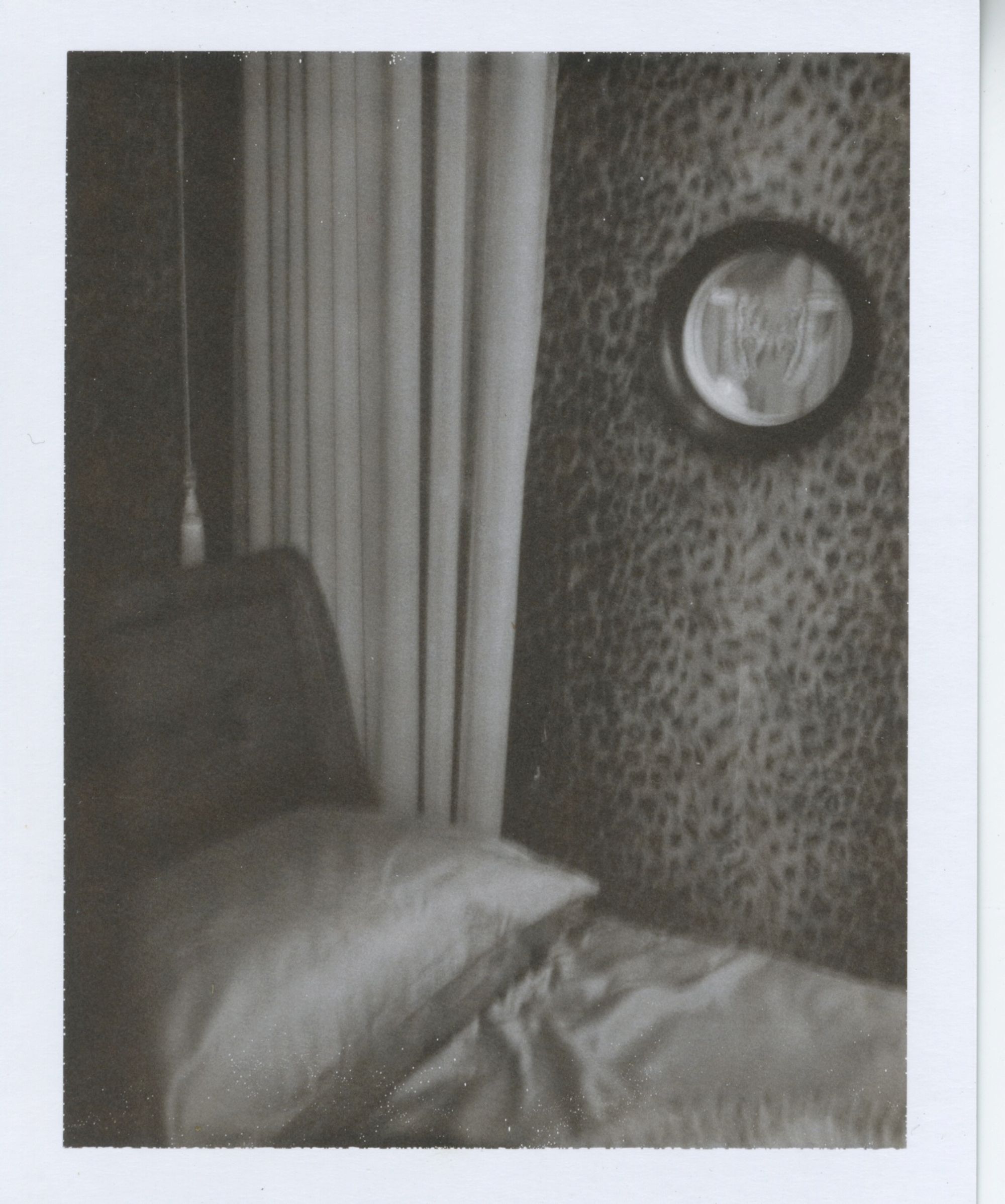
Story
PATTI SMITH CONJURES THE SPIRIT OF CARLO MOLLINO FOR BOTTEGA VENETA

Story
CURATOR ABRAHAM THOMAS ON SIX WORKS THAT DEFINE PAUL RUDOLPH’S CAREER

Story
TRAILING HOMOEROTICISM ALONG THE URBAN SITE
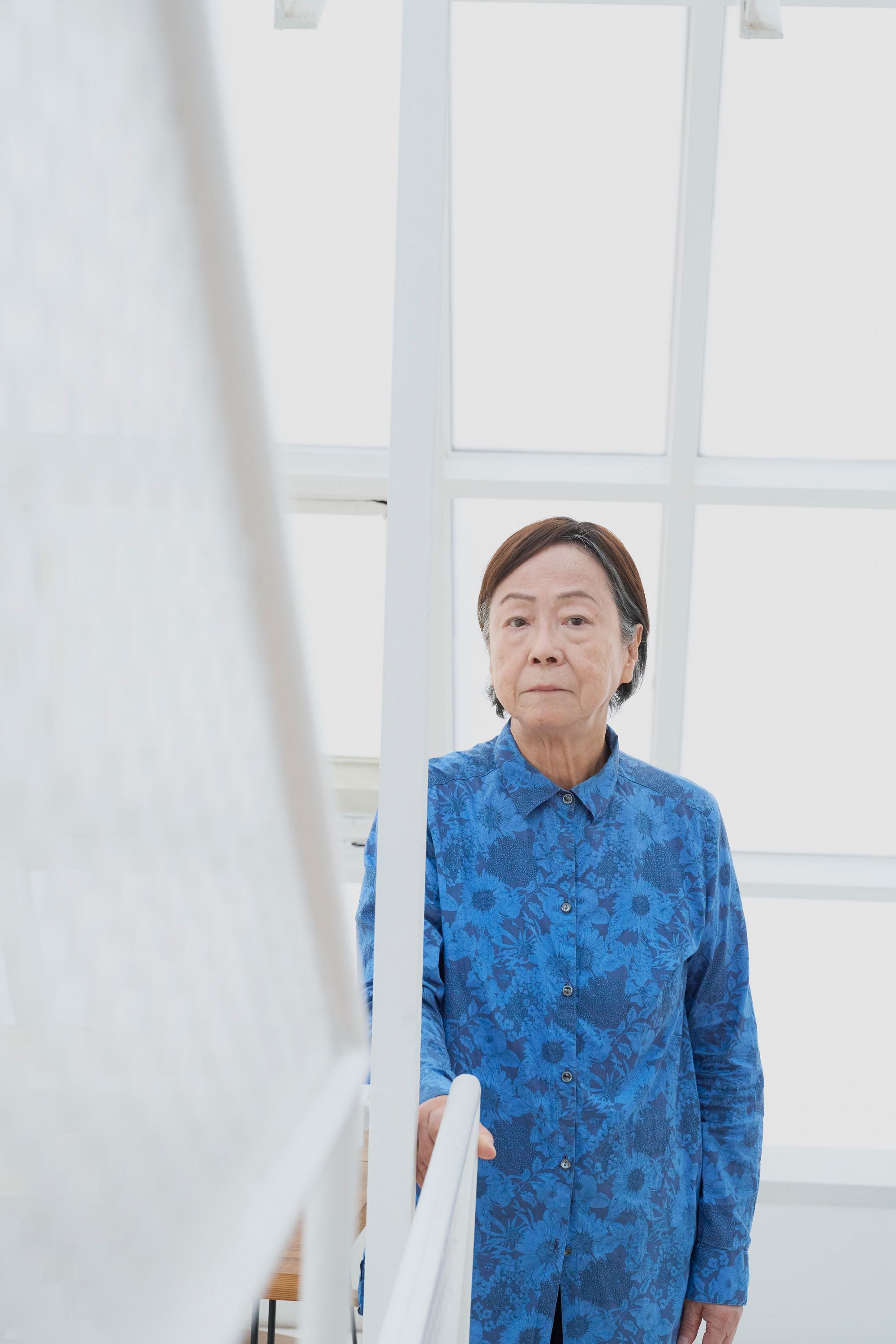
Interview
FOR ITSUKO HASEGAWA, ARCHITECTURE IS SECOND NATURE
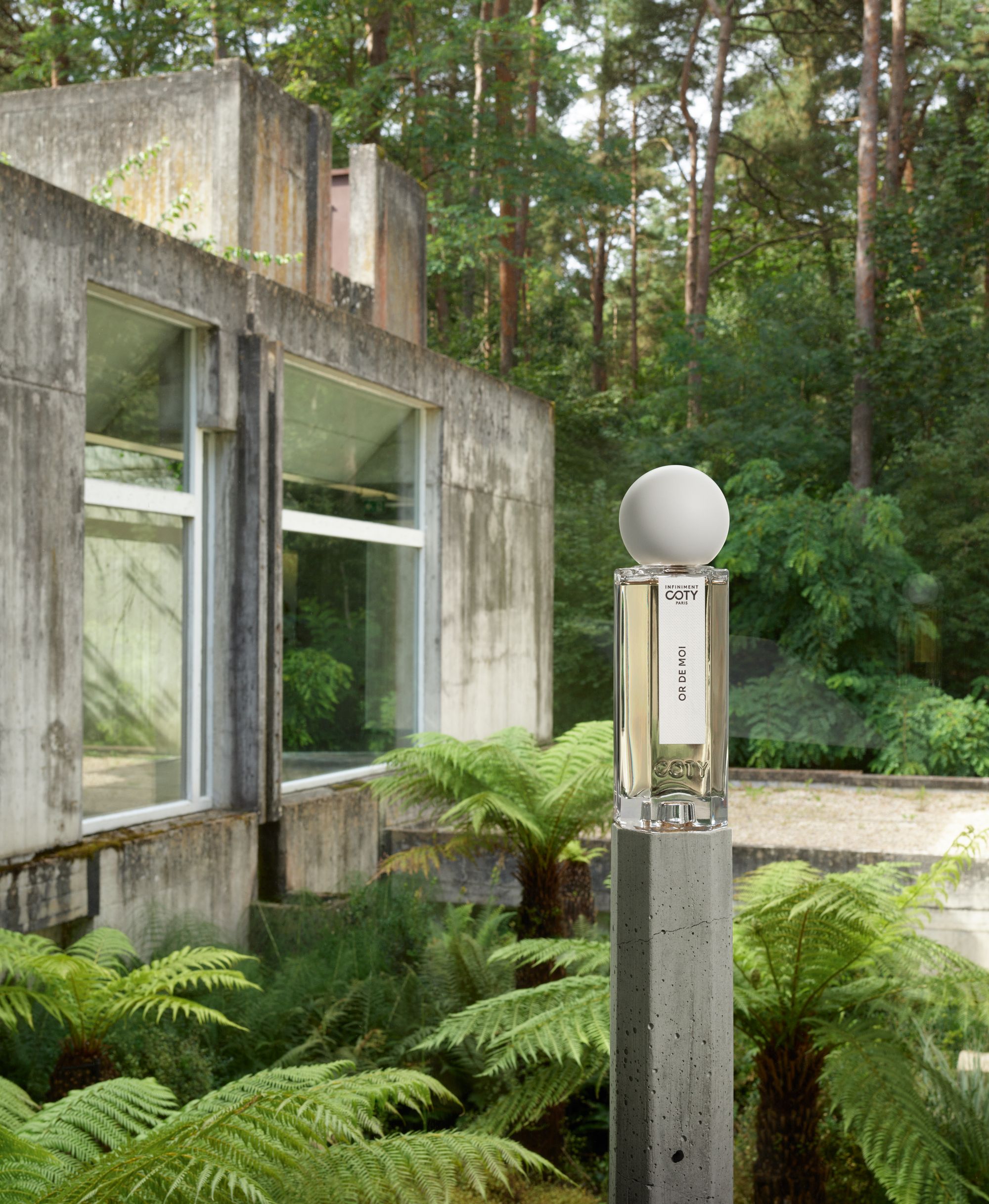
Story
INFINIMENT COTY PARIS: A STORY OF TIME AND SPACE

Story
BLU DOT’S OUTDOOR COLLECTION IS A PERENNIAL CLASSIC
